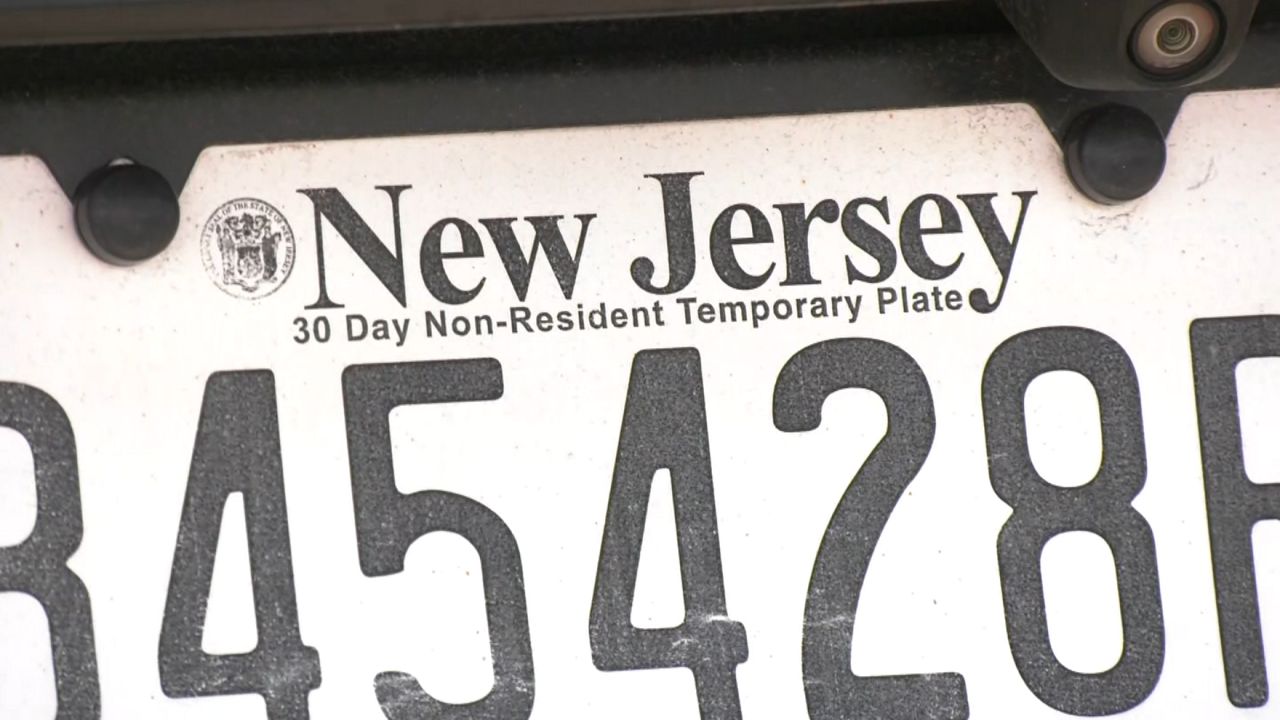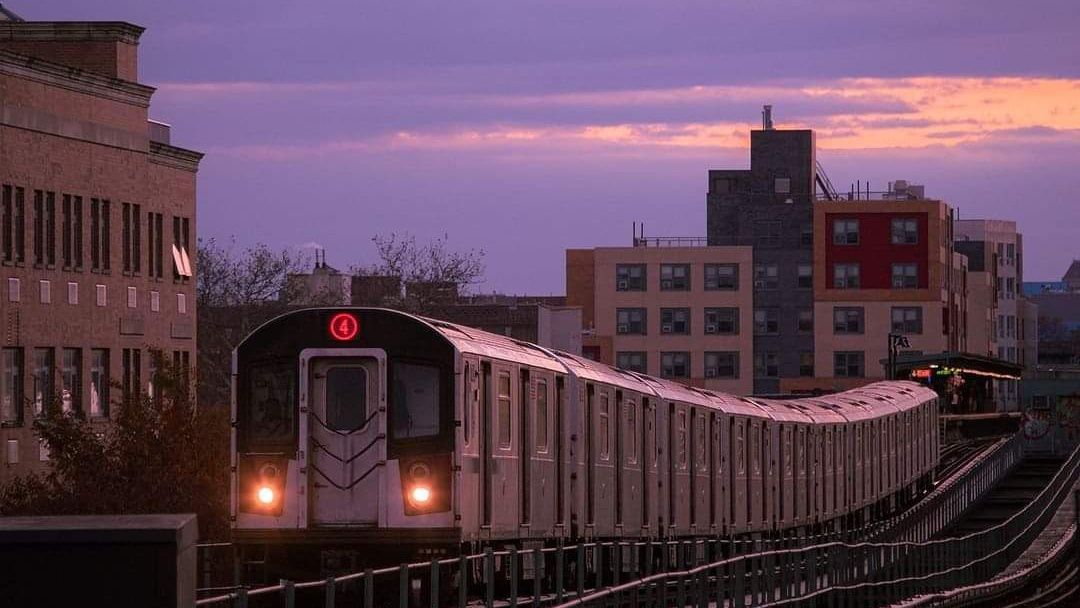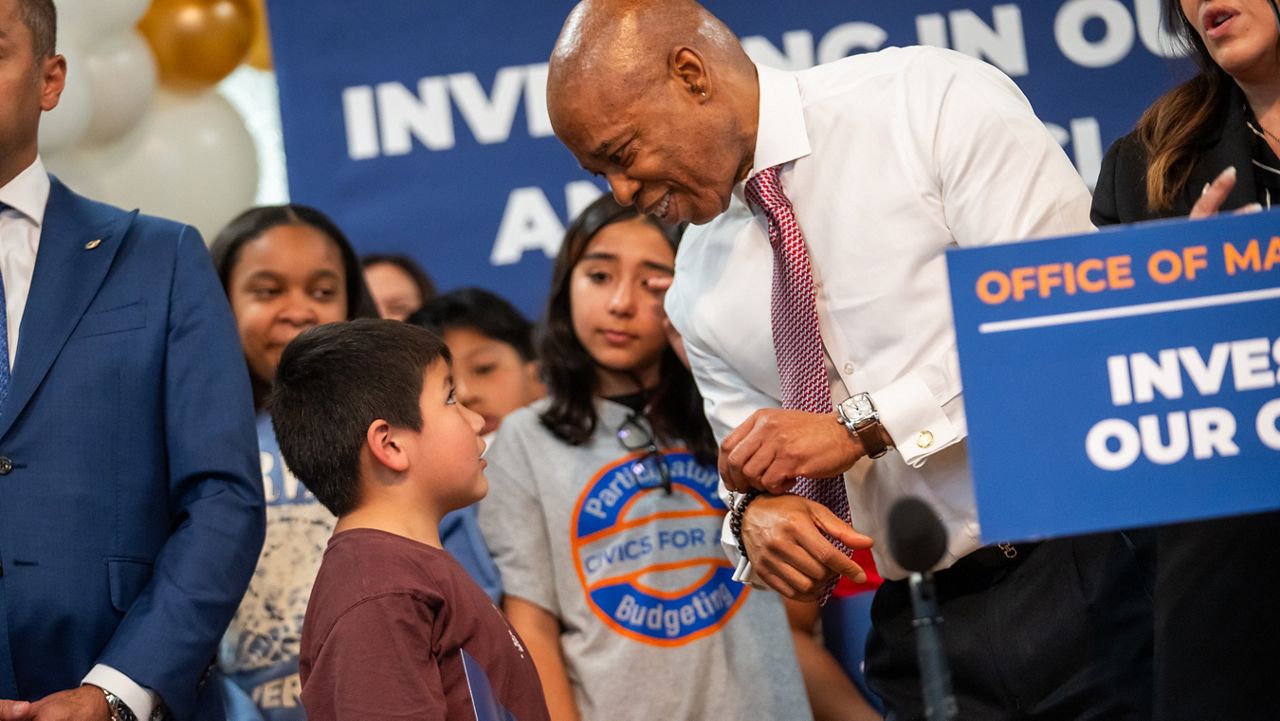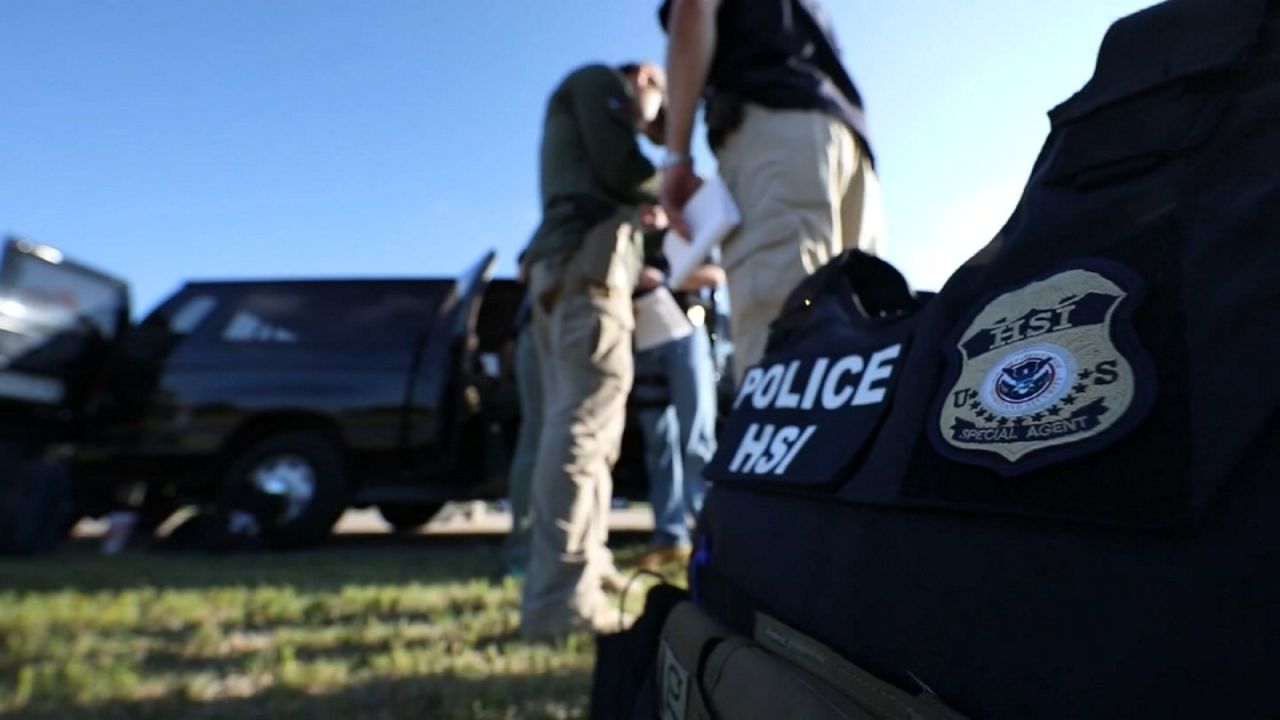City Council members pressed NYPD officials for more details on the redeployment of special police units meant to curb gun violence in a hearing of the council’s public safety committee Wednesday.
The hearing came amid pushback from city elected officials to Mayor Eric Adams’ desire for the NYPD to consider broader use of facial recognition software, and that he is directing police to again embrace “broken windows”-style policing, making arrests for quality-of-life infractions.
NYPD Commissioner Keechant Sewell defended the policing strategy, despite being pressed by City Council member Tiffany Cabán over studies that concluded that the strategy does not have an effect on crime levels. “These are not aggressive enforcement tactics that we are instituting,” Sewell said. “We are trying to stop the precursors to criminal activity.”
NYPD officials gave more detail on how the anti-gun units operate, how they were trained and the racial makeup of the units.
Anti-gun teams consist of five officers, supervised by one sergeant. They patrol neighborhoods based on intelligence from field officers and precinct crime reports, NYPD Chief of Department Kenneth Corey said.
The officers were given seven days of training: two days on courtroom testimony, three days on tactics training and two days of risk management training. The training emphasized de-escalation tactics, Corey said, and “some” officers who had been recommended for the units were removed from the training after instructors said their behavior in drills “raised alarm bells.”
In response to a question from Councilman Chi Ossé on what happens to officers who fail the training, Corey said generally that officers who have an “issue” with community interaction are “retrained as necessary.”
The units’ racial makeup is similar to the overall department’s, besides having about three times fewer the number of Asian officers and slightly more Hispanic officers than the NYPD as a whole.
In two weeks of deployment, the teams — currently 199 officers total — have made 84 arrests, of which less than a quarter, 20 total, have been for gun possession, Corey said.
The units have recovered 20 guns altogether, he said.
He said about a quarter of the people arrested on gun possession by members of anti-gun squads are affiliated with a known gang or street crew, according to the NYPD’s database of people with alleged ties to gangs.
So far the department has already reviewed 969 body camera videos of the officers, Corey said, which represents a higher level of scrutiny of such footage than for the department at large.
“What we see when we look at those videos is we see a lot of good police work,” he said. “We see a lot of minor issues that need to be addressed, typically tactical concerns, but some administrative issues” as well.
Deputy Mayor for Public Safety Philip Banks pushed back on concerns from several council members on Adams’ stated interest in facial recognition technology, saying that Adams had asked him to look for technologies that could benefit police work.
“Any technology that would even be considered would be done constitutionally,” Banks said. “There’s no technology right now that's pending.”
Several council members said they were concerned that the anti-gun units represented a continuation of similar, modified-uniform units tasked with intensive street patrolling, including “stop and frisk,” a tactic that a federal judge deemed unconstitutional.
Banks, the one-time chief of department for the NYPD, suggested that the department would operate differently under Adams because of the mayor’s history of criticizing the police force. (Banks resigned from that position in 2014 amid an FBI corruption probe that found evidence that he accepted thousands of dollars in gifts, meals and tickets to sporting events. Banks was not charged with a crime.)
“I would not work for a mayor who I even thought would tolerate such abuse,” Banks said. “I understand a police department that is unchecked, what they can do intentionally or other. It is not gonna happen.”
The council’s public safety committee is set to continue its questioning of city law enforcement agencies and offices in April, as part of negotiations between the mayor’s office and the council over the city budget.
The proposed NYPD budget for the upcoming fiscal year is set at $5.2 billion — down from $5.6 billion for the current fiscal year.









